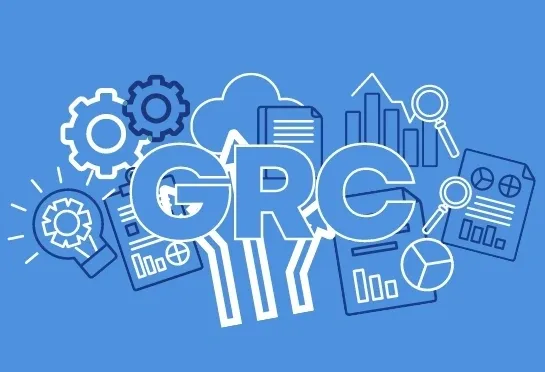
-
Isolated efforts hinder a comprehensive understanding of the organization’s risk landscape.
-
Decision-makers lack a holistic view of the overall health of the organization.
GRC Integration: A Strategic Imperative
– Aligns risk management, compliance, audit, and governance functions for a unified framework.
– Enhances collaboration, streamlines processes, and strengthens organizational resilience.
Holistic Risk Management
– Identifies potential risks in the context of regulatory requirements and strategic objectives.
– Ensures risk mitigation strategies align with the organization’s overall goals.
Efficient Compliance Management
– Integrates compliance efforts with risk and governance functions.
– Proactively addresses compliance issues and adapts to evolving regulatory landscapes.
Streamlined Audit Processes
– Enhances communication between audit, risk, and compliance teams.
– Focuses on high-risk areas identified through a consolidated risk and compliance framework.
Enhanced Governance Practices
– Integrates governance into the GRC framework for a comprehensive understanding of risk appetite and tolerance.
– Facilitates better-informed strategic decisions balancing risk and reward.
Technology as an Enabler
– Leveraging integrated GRC platforms provides a centralized hub for managing risk, compliance, audit, and governance activities.
– Enables real-time collaboration, data sharing, and reporting.
The Road Ahead
– Siloed reporting structures are insufficient for addressing the challenges of the modern business landscape.
– Breaking down silos and fostering integration ensures organizations unlock the true value of GRC for a more resilient and adaptive approach to risk and compliance management.







